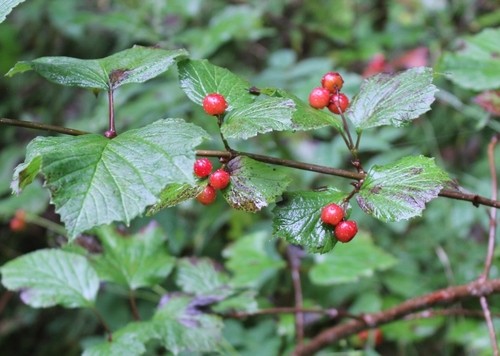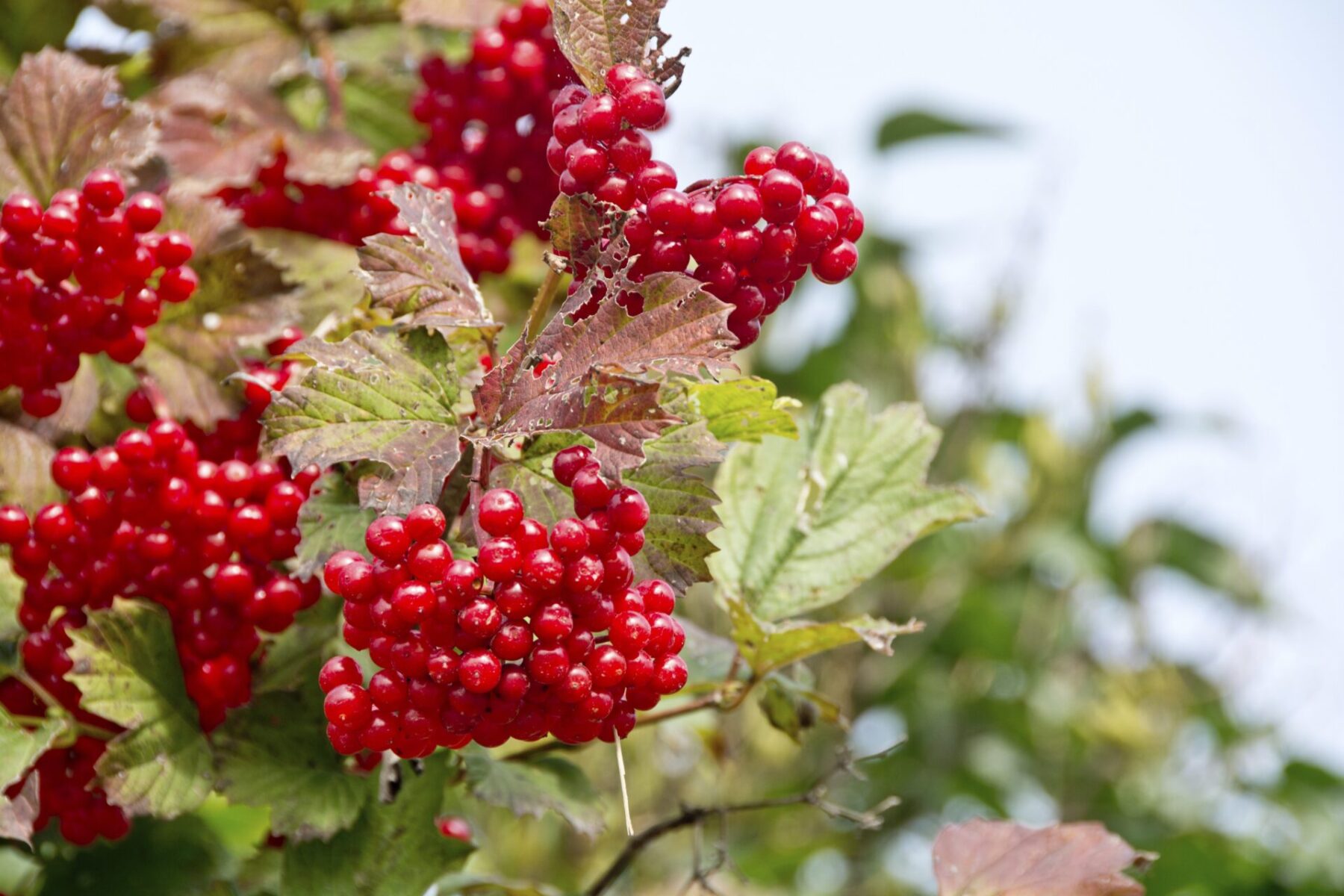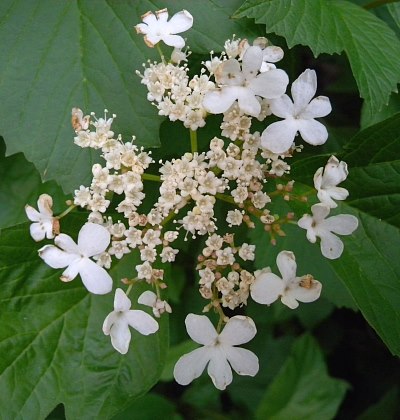How To Grow Cranberry Viburnum: The Ultimate Guide
Cranberry viburnum (Viburnum trilobum) is a beautiful and versatile shrub that is native to North America. It is known for its showy white flowers, bright red berries, and excellent fall foliage. Cranberry viburnum is easy to grow and care for, making it a great choice for both experienced and novice gardeners.
In this guide, we will discuss everything you need to know about growing cranberry viburnum, from choosing the right location to harvesting the berries. We will also provide tips on how to prevent pests and diseases.
Choosing the Right Location
Cranberry viburnum prefers full sun to partial shade. It will tolerate a wide range of soils, but it does best in well-drained, moist soil. If you live in an area with hot summers, you may want to choose a location that gets some afternoon shade.
Planting Cranberry Viburnum
Cranberry viburnum can be planted in spring or fall. When planting, dig a hole that is twice as wide and as deep as the root ball. Backfill the hole with soil, tamping it down lightly. Water the plant well.
Caring for Cranberry Viburnum
Cranberry viburnum is a low-maintenance shrub. It requires regular watering, especially during the first year after planting. Once the plant is established, it can tolerate some drought.
Fertilize cranberry viburnum in spring with a balanced fertilizer. You can also mulch around the plant to help retain moisture and suppress weeds.
Pests and Diseases
Cranberry viburnum is generally pest- and disease-free. However, it can be susceptible to aphids, scale, and powdery mildew. If you see any pests or diseases, treat them immediately with an appropriate pesticide or fungicide.
Harvesting Cranberry Viburnum
Cranberry viburnum berries are ripe in late summer or early fall. They will turn a bright red color when they are ready to harvest.
To harvest the berries, simply pick them off the shrub. You can eat them fresh, or use them to make jams, jellies, or pies.
Conclusion
Cranberry viburnum is a beautiful and versatile shrub that is easy to grow and care for. It is a great addition to any garden, and it can provide you with years of enjoyment.
Cranberry viburnum is a beautiful and versatile shrub that can be grown in a variety of climates. It is known for its white or pink flowers, which bloom in the spring, and its red berries, which ripen in the fall. Cranberry viburnum can be used as a hedge, an ornamental shrub, or a food source.
If you are interested in learning more about cranberry viburnum, I encourage you to visit Garden Wiki. This website provides comprehensive information about the plant, including its cultivation, propagation, and uses.
FAQ of cranberry viburnum
- What is cranberry viburnum?
Cranberry viburnum (Viburnum edule) is a North American shrub that is related to the cranberry. It is also known as highbush cranberry, swamp cranberry, and wild cranberry. Cranberry viburnum grows in moist, acidic soils in the eastern United States and Canada. It produces white or pink flowers in the spring and red berries in the fall.
- What are the benefits of cranberry viburnum?
The berries of cranberry viburnum are edible and have a tart flavor. They are a good source of vitamin C, potassium, and fiber. Cranberry viburnum berries have also been shown to have antibacterial and antioxidant properties.
- How to grow cranberry viburnum?
Cranberry viburnum is a relatively easy shrub to grow. It prefers moist, acidic soils in full sun or partial shade. The plants can be propagated from seed, cuttings, or divisions. Cranberry viburnum shrubs typically reach a height of 6-8 feet and a width of 4-6 feet.
- How to care for cranberry viburnum?
Cranberry viburnum is a low-maintenance shrub. It does not require a lot of fertilizer or water. The plants should be pruned in the spring to remove dead or diseased branches. Cranberry viburnum shrubs are generally pest- and disease-free.
- What are some common problems with cranberry viburnum?
The most common problem with cranberry viburnum is anthracnose, a fungal disease that causes leaf spots. Anthracnose can be controlled with fungicide applications. Other potential problems include powdery mildew, leaf scorch, and root rot.
Image of cranberry viburnum
- Highbush Cranberry - Viburnum edule - Light through Leafs

- Cranberry Viburnum in Bloom

- Cranberry Viburnum with Berries

- Cranberry Viburnum Leaves in Fall

- Cranberry Viburnum Shrub

- Cranberry Viburnum in Winter

- Close-up of Cranberry Viburnum Berries

- Cranberry Viburnum Flowers

- Cranberry Viburnum in a Garden
- Cranberry Viburnum in a Vase

Post a Comment for "How To Grow Cranberry Viburnum: The Ultimate Guide"